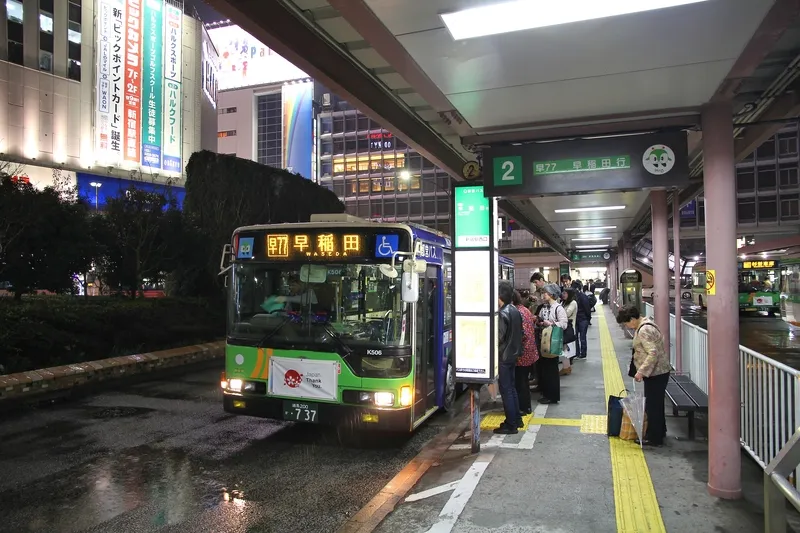Oakville Transit in Ontario, Canada has implemented real-time bus tracking technology, a web-based tool that uses GPS to predict bus arrival times.
Customers can easily access real-time bus tracking from their computer or smartphone by using the Bus Finder tool online or by downloading the Oakville Transit app available in the iTunes App Store for Apple devices and in Google Play for Android devices.
A Track by Text feature allows customers to text their bus stop number to find out when the next bus
February 25, 2016
Read time: 2 mins
Oakville Transit in Ontario, Canada has implemented real-time bus tracking technology, a web-based tool that uses GPS to predict bus arrival times.
Customers can easily access real-time bus tracking from their computer or smartphone by using the Bus Finder tool online or by downloading the Oakville Transit app available in the iTunes App Store for Apple devices and in Google Play for Android devices.
A Track by Text feature allows customers to text their bus stop number to find out when the next bus will arrive. They can also sign up to receive personalised bus arrival information alerts via email or text.
Real-time bus tracking is a feature of Oakville Transit’s new intelligent transportation system (ITS) which also includes digital signs inside buses displaying next stop information, automated voice announcements and large digital signs displaying real-time departure information at four key transit hubs.
Customers can easily access real-time bus tracking from their computer or smartphone by using the Bus Finder tool online or by downloading the Oakville Transit app available in the iTunes App Store for Apple devices and in Google Play for Android devices.
A Track by Text feature allows customers to text their bus stop number to find out when the next bus will arrive. They can also sign up to receive personalised bus arrival information alerts via email or text.
Real-time bus tracking is a feature of Oakville Transit’s new intelligent transportation system (ITS) which also includes digital signs inside buses displaying next stop information, automated voice announcements and large digital signs displaying real-time departure information at four key transit hubs.











